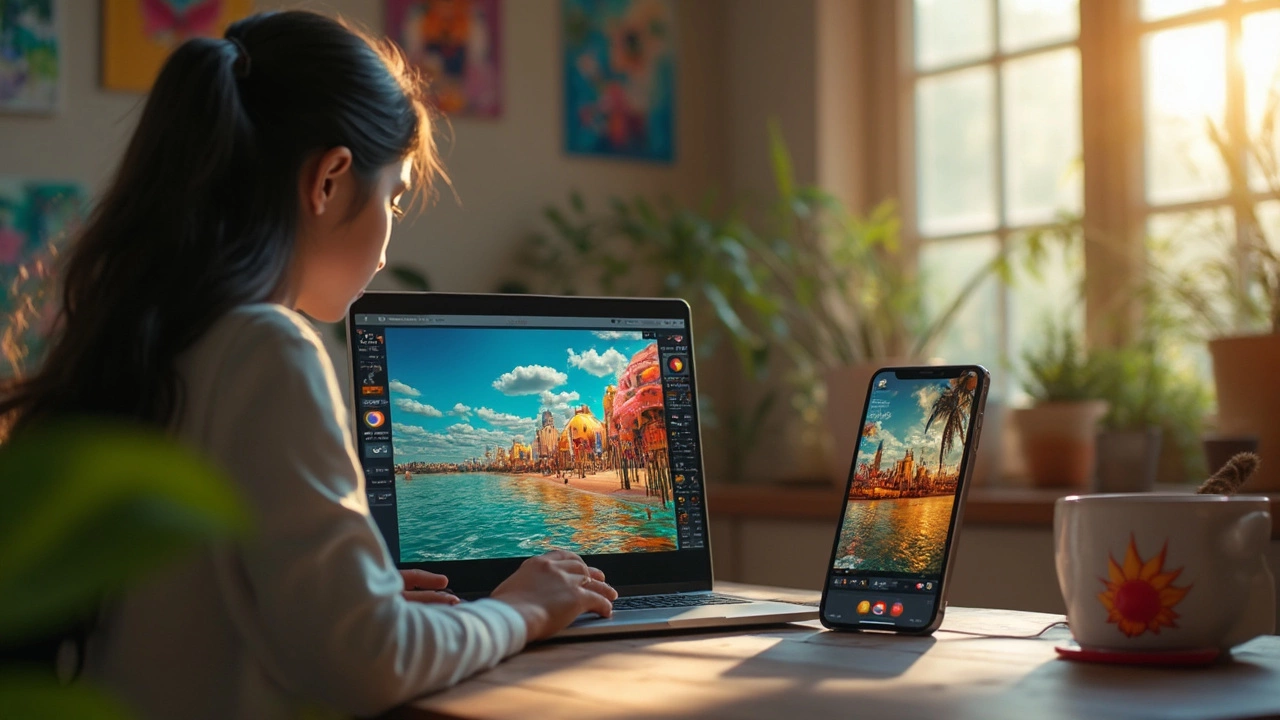Photo Editing Tips You Can Use Right Now
Ever snap a great photo and wish it looked even better? You don’t need expensive software or a pro degree. A few simple edits can turn a plain shot into something you’re proud to share. Below we cover the basics, free tools you can download, and quick tricks you can do on your phone.
Free Photo Editors Worth Trying
The first step is picking a tool that won’t cost you. GIMP is a desktop program that works on Windows, Mac, and Linux. It’s powerful enough for most tasks—crop, adjust colors, remove blemishes—and it’s completely free. If you prefer a web‑based option, try Photopea. It looks a lot like Photoshop but runs in your browser, so you don’t have to install anything.
For mobile users, Snapseed and Pixlr are top picks. Snapseed lets you fine‑tune exposure, add selective blur, and apply filters with one tap. Pixlr offers a range of stickers and text overlays if you like to play around. All of these apps are free, and none force watermarks on your final image.
When you open any of these editors, start with the basics: straighten the horizon, crop out distracting edges, and adjust the brightness. These three steps alone can make a photo look more professional.
Simple Editing Tricks You Can Do Today
Now that you have a tool, let’s add a few tricks. First, use the undo brush or healing tool to remove small spots—think dust on a lens or a stray hair on a portrait. It takes a second and makes the image cleaner.
Second, play with the temperature slider. Moving it a little toward warm can give skin tones a friendly glow, while a cooler tone can make landscapes feel crisp. Don’t overdo it; a subtle shift is enough.Third, try a gentle vignette. Darkening the corners draws the eye to the center and adds a sense of focus. Most free editors have a preset vignette that you can adjust in size and intensity.
Another quick tip is to boost the contrast just enough to make colors pop. If the image looks flat, increase contrast by 10‑15 % and then fine‑tune the highlights and shadows. You’ll see more depth without losing details.
Finally, save a copy of your edited photo in the highest quality possible. When you export, choose JPEG at 90‑100 % quality or PNG if the image has text. This way the edits stay sharp whether you’re posting on Instagram or printing at home.
Practice these steps on a few of your recent pictures. You’ll notice the difference right away and gain confidence to experiment further. The best part? All of this can be done without spending a dime.
Remember, good editing is about enhancing what’s already there, not completely changing it. Keep the changes subtle, and your photos will look natural and eye‑catching. Happy editing!
